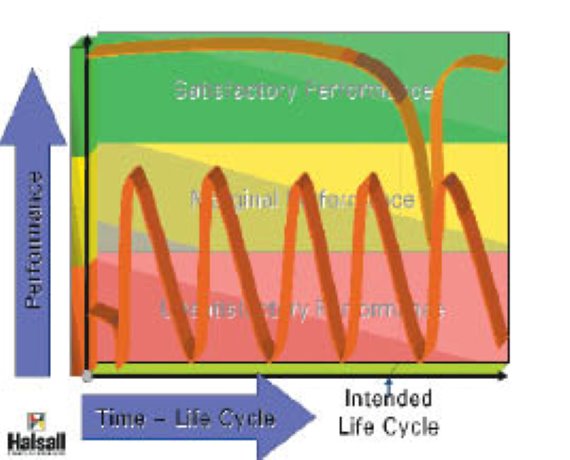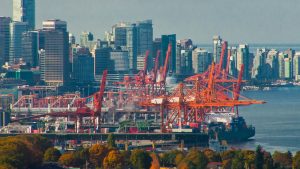Expectations
Planning
Expectations
Building managers have the unenviable task of balancing the capital reserve with all the costs associated with today’s complex building envelope systems. As presented by the authors at this year’s Buildex show in Vancouver, the best tool for today’s building managers is a building-specific capital plan that is correlated to a database housing the key information for each building, including:
Capital plans should have all major building envelope components delineated, complete with installation date (if not original), estimated service life, and logging of any problems;
Maintenance, with the associated cost & scope of work, should be captured for each major building envelope component;
Warranty coverage and expiry dates (such as waterproofing or thermal panes);
Water leakage, if it occurs, should be documented in detail, including:
– locations, time, dates;
– weather conditions, e.g., snow or rain;
– photographs;
– look at adjacent suites, beside and below; and
– monitor and record progression of damage to interior finishes.
Understanding life cycles
Just about every building envelope system has a different nominal life cycle. It varies from building to building. The capital plan is the best tool to monitor this aspect of building envelope performance as the components that require a) more attention, and b) more investment, can be easily identified and tracked. In Fig 1., the orange curve plots the ideal service life of a particular building envelope component. Conversely, the red substandard component curve illustrates how good money is spent after bad, whether it was original or not, the same concept applies. The adage, “you get what you pay for” doesn’t always apply because a) the initial assessment must be fair and accurate, and b) the components need to be periodically evaluated. In the absence of actively managing these systems, managers take risks that could otherwise be avoided.
Capital plans can be as simple or sophisticated as need be, but the key information is to capture the components that most significantly affect the building’s budget. Operational cost thresholds vary widely, but once the base cost of a capital renewal is identified, the plan becomes the best method into which a building manager’s checklist can be integrated.
Get to know your options
In addition to having a good database for the building’s information, it is important for today’s building managers to ask their consultants lots of questions, key of which is “what are all the options?” Gold boiler-plate solutions are easy to sell when you need a new boiler; the key question is whether the replacement of new building components could be stayed until the capital plan can allow for it. Money will be spent to extend the service life of existing building components, so push your consultants to give you all your options.
Don’t be shy
A building manager will gain better understanding by walking the building with their consultant. Ask questions and don’t be shy. Take advantage of learning from your consultant while you can, and always ask them to explain the jargon (characteristic of consultants who speak in technical terms).
Kevin Day is building science specialist and Ted Denniston is Halsall’s western regional manager They can be reached at kday@halsall.com and tdenniston@halsall.com.











Recent Comments
comments for this post are closed